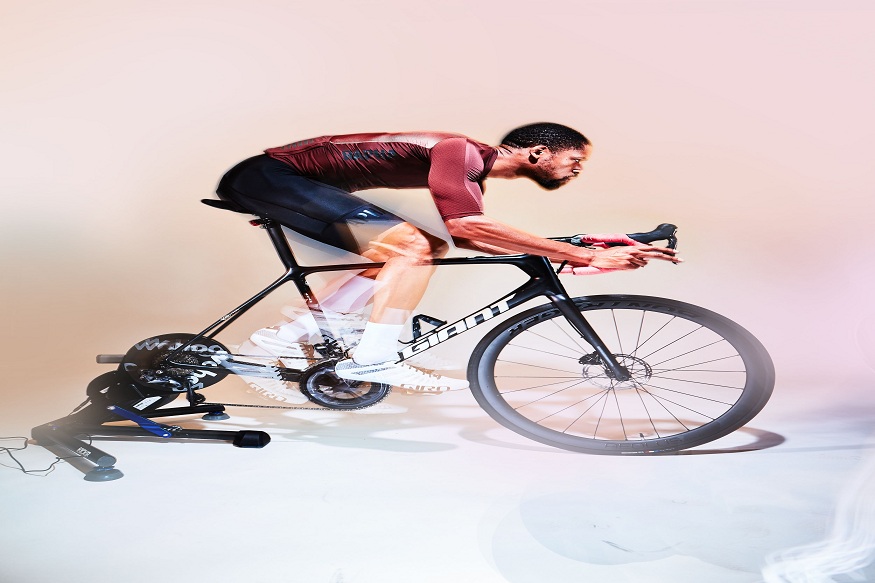Rather than merely a harder version of road running, trail running is altogether a different sport, one that requires greater awareness, super adaptability, quickness of mind, and skill. According to Steven Rindner, perhaps the most important, and sometimes the most neglected, element in tail running is foot placement. Remember, on consistently changing terrains, smart foot placement is not only essential but also makes a difference between a seamless run and a painful ending.
Why Foot Placement Matters
By nature, trails are much less predictable than roads. Roots, rocks, loose gravel, changes in terrain, etc., will require quick reactions and thoughtful foot placement. Improper placement of the foot can result in tripping, rolling an ankle, and draining energy due to inefficient movements.
Eyes Guide the Feet
One of the basic rules of good foot placement is to look ahead. Beginners tend to make the mistake of looking straight at their feet, which restricts reaction time. They need to be conversant to keep their eyes ahead while scanning a 3 to 6-foot trail ahead that helps identify obstacles ahead and accordingly select a path that offers smoother transitions, in the opinion of Steven Rindner.
Looking ahead assists the brain in processing terrain modification and positioning the body to respond. Through practices, trail runners acquire a quasi-instinctual sense of placing feet rapidly and precisely, and minimizing the risks of possible tripping and injury.
Short Strides, Light Steps
Performing in trail running requires shorter, quicker stepping rather than longer, bounding steps. Short strides offer runners better control and balance, especially on tricky landscapes of the trail. They also lessen the time of ground contact, thereby minimizing the chances of losing control and causing a possible fall.
Additionally, maintaining light and feeling feet helps to absorb irregularities in the terrain. Stepping lightly with alertness offers the room to make last-minute adjustments if the ground shifts do not appear as they seem to be. It makes sense to run softly compared to adding pressure on the foot, as too much pressure translates to poor control.
Midfoot Striking for Stability
Though heel striking can be used on the road, it’s not as efficient and is frequently dangerous on trails. Midfoot striking provides greater balance and absorption of shock, particularly when running downhill or crossing uneven terrain. It keeps the runner in the middle and minimizes the possibility of sliding forward on loose surfaces.
By striking midfoot, trail runners can stay more upright, and this is critical for the ability to rapidly respond to unexpected terrain shifts. This style also allows for energy efficiency, saving energy for longer endeavors or steeper ascents.
Reading the Terrain
Trail surfaces can change pretty quickly. One minute the ground is firm, and the next it’s slick with moss or cluttered with loose stones. It’s important to keep an eye on the trail—to read the terrain in front and get prepared to step according to shifts in surface, slope, and difficulty.
Seasoned trail runners are well-versed at spotting ‘safe zones’ and choose the ideal track on the trail instantly, whether it involves stable rocks, flat dirt areas, or well-trodden ground. When the trail gets tricky, stepping on these steady spots—even if they’re not exactly on the main path—can help keep moving and lower the chance of getting hurt.
To conclude, in trail running, each step involves a decision. By becoming educated in foot placement, runners get more than just safety, from confidence, to control confidence, and the freedom to navigate more naturally along nature’s loveliest, toughest courses.

